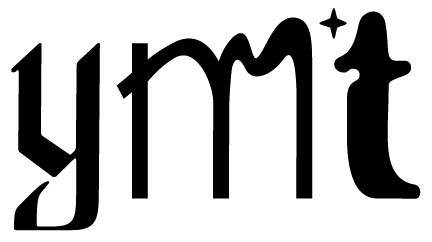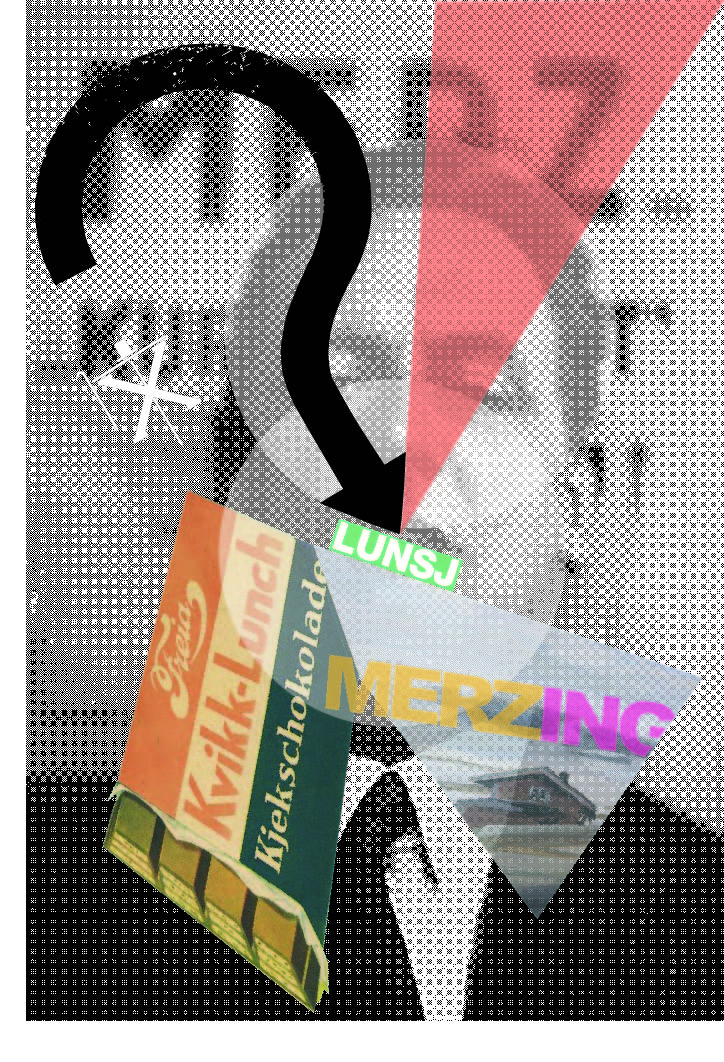The Nomadic Type
For a long time now, we have been talking about the loss of traveling during the pandemic. The loss of crossing borders and becoming part of another place, even for just a while. How doing that, whether it‘s done by proxy, in the mind, or physically, affects the other place and your own place in the scheme of things. Travelling gives new perspectives. Being in close proximity opens your eyes wider. And when—if— you go back you bring that with you.
The pandemic has slowed or stopped travelling. And at the same time so many people and things are on the move—driven by need, forced to relocate because of trouble, or just willing to keep exploring even in a risky situation. Every place becomes a refuge. Everyone is a refugee, even at home.
Being stuck in one place does things to you. In some ways it is like travelling inwards. You sink into the place and dwell there. For a time you see it anew as well. Wandering around and immersing yourself in what you already know might be a kind of travelling that we need.
We have also been talking about Kurt Schwitters for a while and enjoying sharing his word and sound games, and (especially) his graphic works. We‘ve been wondering as well about his forced stay in Norway after fleeing from Nazi Germany in 1937. Schwitters had to flee again in 1940, to the UK. During his stay in Norway he built himself a refuge though: A Merz hut. We wonder what he took from here, and what he left behind for us. And we wonder, what is this Merz? Is it the place we recognise, because we Visual communication designers go there often, as being the place between (he)art and commerce? Commerz? Herz? Merz?
This long conversation we‘ve been having poses questions about how ideas travel and what we were taught by Frutiger in our early education ourselves about „signs and symbols having always been among the most important carriers of culture“. (Frutiger, 1978, Signs and Symbols) And has made us wonder whether design in our field in the North has any such carriers to offer, and if it does, do they just carry their own form or do they carry ideas within them as well?
So. When we started to work on Ymt 4, the one you are reading, in the autumn of 2021 with the 2nd year student-designers in Visual communication in KMD, we decided to begin a quest with them to find out more about current Nordic and Northern type design and the use of type in our region. And to ask them to think about refuge and refugees in terms of type and typography. We asked: Where do the typographic ideas we work with come from? And we asked them to think of publication as an intentional carrier of culture, and as an invitation to an exchange of ideas and to a discourse.
We also invited our colleagues who have been part of our long conversation to contribute with their knowledge and research projects and thereby add their inquiry to yet another Ymt—hint(s) in English—and see whether we would find traces and threads worth pulling on further. For us, this 4th volume of Ymt is a matter of returning to what we feel we know best. And at the same time to ask questions about how it, editorial design; type and typography, connects to other concerns and other modes of being a creative person in a situation where everything slows down so much that it makes us want to flee. The contributions in Ymt 4 are concerned with the counterpoint created by being still and needing to move: with wanting to flee human made disasters and the glorious feeling of being a nomad that travels light and can go anywhere and wants to meet the other, face to face. Ymt 4 is, as usual, just a hint, and this time it hints through searching, through time and history, through revisiting, through putting form to thoughts, and through taking apart and recombining. And it hints at ways to connect through language in its form of expression—type design and typography, editorial design and the combination of thoughts into tangible form.
Ymt 4 has a place online as well; an online house—a home. Ymtmag.no is open and on it you will find seven, 7, student articles about type designers from the Northern part of the planet, and you will find an interview between Magnus Nyquist, lector, and Geir Goosen, a nomadic Laksevåg visual communication designer who specialises (sort of) in book design, typography, and the information sharing and navigation part of exhibition design. Hopefully, you will also find a couple of Lars' there, Amundsen and Fiske (if we don‘t manage that, then check them out regardless). The nomadic also has a place in the online house, because the student-designer-group has sent a Nomad out into the world who is travelling independently on a mission. And may return; may return with news and a story to tell. The Nomad may be coming your way.
The publication you are looking at is made by a large group of people who share with each other based on what they have in common. The design of Ymt 4 is made by twenty-two BA students in an Editorial design course. The students have come together with their thoughts and translated the loose ideas we started with into a comprehensive whole. They have self-organised and through that transported themselves as well as transported thoughts about standing still and wanting to flee into the idea of the nomad. They say they like that concept better because it indicates freedom and a willingness to travel and participate; a willingness to change and be changed. A nomad has freedom to move and to affect and be affected. And they relate well to that. To express the nomadic nature of everything they‘ve created collages out of the material they‘ve been given and made their own. And they have demonstrated through a couple of months how the human mind can fly even when greatly challenged. They have taken liberties with what they got, and eliminated boundaries, found ways to connect. And they‘ve done it by sharing generously between themselves, and with us. They do this because they understand the value of sharing it with you too. And they care. They are showing you, and us, how they think and how that thinking carries their cultural ideas and enriches ideas it mixes with. They want you to feel welcome and to welcome them, and their type. They are expressing, not least through their actions and ways of being and seeing, how deeply engaged they are and how brave. They are also showing the strength of the equal and democratic collective.
And now you are reading. Adding your thoughts to the conversation. Perhaps, one day, what you think will travel back to us in some shape or form. If they are the kind that sometimes are given a form that can cross boundaries and by doing so can bring a new perspective. If so, then we‘d like to see them and have a nomadic type word with them.

